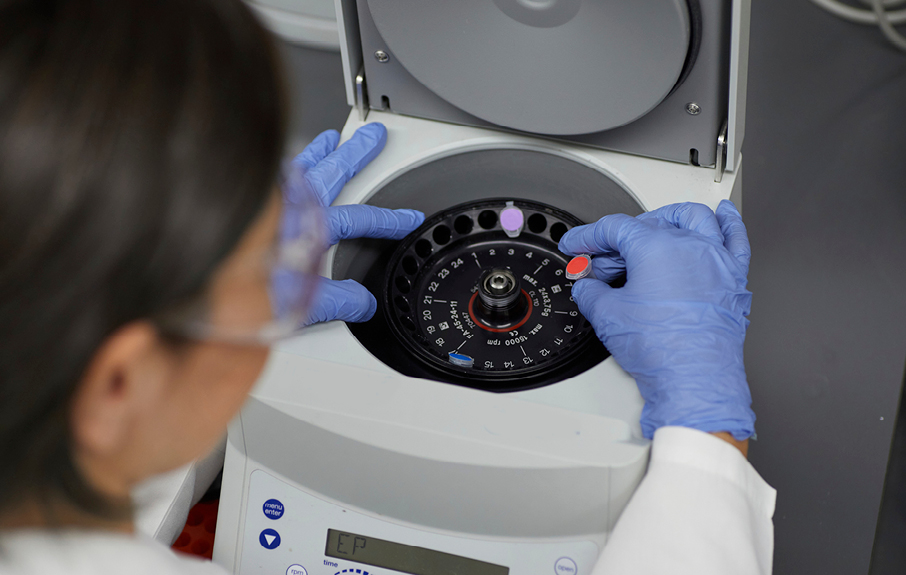Beer is more than just a refreshing beverage – it’s a carefully crafted balance of ingredients, chemistry, and precision. From the selection of raw materials to the final pour, ensuring the highest quality requires rigorous testing at every stage. Modern analytical instruments have revolutionised beer analysis, giving brewers deeper insights into composition, consistency, and safety. At Chemetrix, we support brewers with cutting-edge solutions to maintain excellence in every batch.

The importance of beer analysis
For centuries, brewing has been both an art and a science. Today, breweries of all sizes rely on analytical testing to:
- Ensure product consistency and quality control
- Detect contaminants or unwanted elements
- Monitor fermentation efficiency
- Comply with safety and regulatory standards
Without accurate analysis, a beer’s taste, aroma, and mouthfeel could be compromised, potentially impacting consumer trust and brand reputation.

Key techniques in beer testing
Several advanced techniques are used to analyse beer, from raw materials to the finished product. The latest innovations in spectroscopy and chromatography allow for precise monitoring of chemical composition, ensuring every pint meets the highest standards.
Elemental analysis with ICP-OES
Inductively Coupled Plasma Optical Emission Spectroscopy (ICP-OES) is an essential tool in beer analysis, particularly for detecting and quantifying metallic elements. Metals such as iron, copper, and zinc can influence beer’s taste, stability, and shelf life. Excessive levels can lead to oxidation and undesirable flavours. The Agilent 5900 ICP-OES is a preferred instrument in the brewing industry, offering fast, multi-element analysis with exceptional sensitivity. By monitoring metal content, brewers can ensure consistency and prevent unwanted chemical reactions.

Monitoring yeast growth with UV-Vis spectroscopy
Yeast plays a crucial role in fermentation, converting sugars into alcohol and carbon dioxide. Monitoring yeast health and growth rate is vital for efficient fermentation. UV-Vis spectroscopy, such as the Agilent Cary 60 UV-Vis, provides rapid and accurate yeast cell density measurements. This allows brewers to optimise fermentation conditions, reducing inconsistencies and improving beer quality.

Atomic Absorption Spectrometry (AAS) for trace metal detection
Even trace amounts of heavy metals can impact beer’s stability and flavour profile. Atomic Absorption Spectrometry (AAS) is used to detect elements like lead, arsenic, and cadmium at very low concentrations. The Agilent 240FS AA offers high-speed analysis with precision, ensuring contaminants remain below regulatory limits.

📚 Download the The Chemistry of Beer and Analysis of Yeast Metabolites application note that demonstrates the comprehensive 2D-LC analysis of different types of beer using the Agilent 1290 Infinity 2D-LC solution.
How these techniques benefit brewers
By incorporating advanced spectroscopic and chromatographic techniques into their processes, brewers can:
- Improve product consistency by controlling raw material variability
- Extend shelf life by monitoring metal content and oxidation risks
- Enhance fermentation efficiency by tracking yeast activity
- Ensure compliance with food safety standards
🖥️ Watch the The Chemistry of Beer and Analysis of Yeast Metabolites webinar and discover how to successfully produce a consistent quality product and how analytical tests and analyses are implemented throughout each stage of the brewing process. >
Chemetrix: Supporting brewers
As the leading analytical instrument supplier in South Africa, Chemetrix is committed to providing breweries with state-of-the-art solutions for beer testing. Whether it’s ensuring the right mineral balance, optimising fermentation, or preventing contaminants, our cutting-edge instruments empower brewers with actionable insights.
The science behind beer analysis ensures that every sip meets the highest standards. With the right tools, brewers can combine tradition with technology, crafting consistently high-quality beer that delights consumers.
For more information on analytical instruments for beer testing, contact Chemetrix today.













